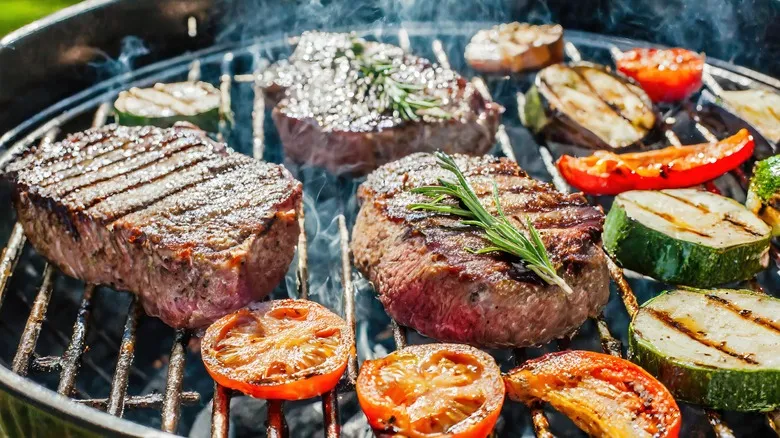What is the Maillard reaction?
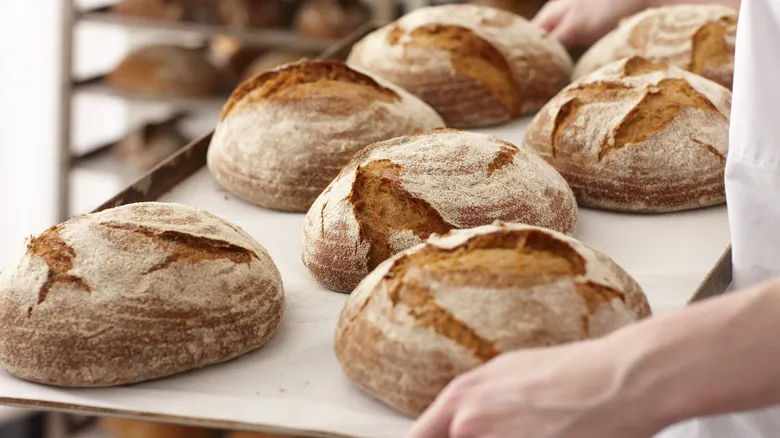
The Maillard reaction is a delightful process that enhances the flavor and appearance of many foods. Commonly known as browning, it occurs when two compounds interact simultaneously, leading to significant changes in color and taste. According to Kantha Shelke, "The Maillard reaction is a reaction between amino acids (from proteins) and sugars." Whether it’s toast, roasted chicken, coffee beans, golden pancakes, or perfectly browned ground beef, these foods all experience the delicious effects of the Maillard reaction when exposed to heat.
On a chemical level, this process produces what Shelke refers to as "brown pigments called melanoidins, which contribute rich, savory flavors." Additionally, the Maillard reaction generates enticing aromas. Its impact is profound, altering the molecular structure of the food. Thus, the appealing flavors and scents of browned foods are fundamentally rooted in their molecular composition.
Like other chemical reactions, certain conditions must be met for browning to occur. Not all sugars participate in the Maillard reaction; only reducing sugars, such as lactose or glucose, undergo transformation. Importantly, high heat is essential. "A relatively high temperature, typically above 140°C (280°F), is necessary to trigger the chemical reaction," Shelke explains. So, crank up the heat and add your ingredients; the Maillard reaction will create a delicious outcome.
What is caramelization?
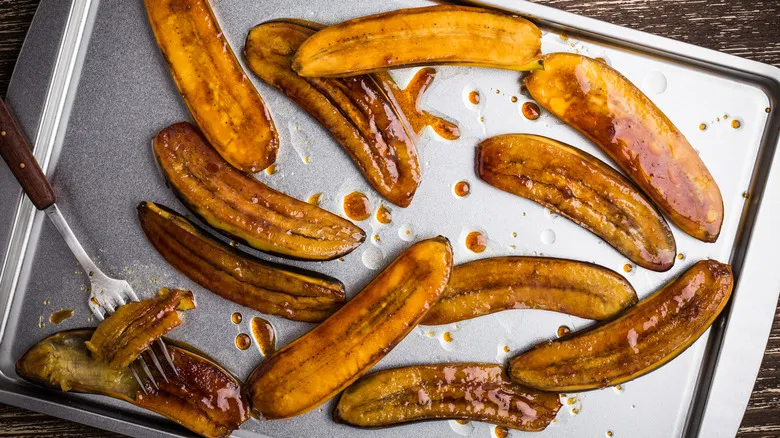
The term "caramelization" is commonly used in everyday language, often linked to the creation of desserts. However, it is also a scientifically recognized process that impacts a variety of foods beyond sweets. Kantha Shelke describes caramelization as the breakdown of sugars at high temperatures, resulting in brown compounds such as caramelans, caramelens, and caramelins. This process, which occurs under heat, is akin to the Maillard reaction but yields different outcomes.
Caramelization specifically targets carbohydrates, particularly sugars like fructose and sucrose found in fruits and vegetables. Unlike the Maillard reaction, which requires amino acids, caramelization does not. While you might think of sweet treats like caramel made from condensed milk, caramelization also takes place during bread baking or deep-frying. Although the process involves hydrolysis—where water acts as a medium for the reaction, as defined by Britannica—a dry, hot environment is essential for effective caramelization.
This reaction demands a high temperature, around 320 degrees Fahrenheit for standard sugar, which is significantly higher than the temperatures needed for the Maillard reaction. Additionally, patience is necessary, as the time required to observe the effects can vary. Nonetheless, caramelization is a common reaction that enhances the color and flavor of many dishes, adding an appealing quality.
The Maillard reaction and caramelization produce distinct culinary features
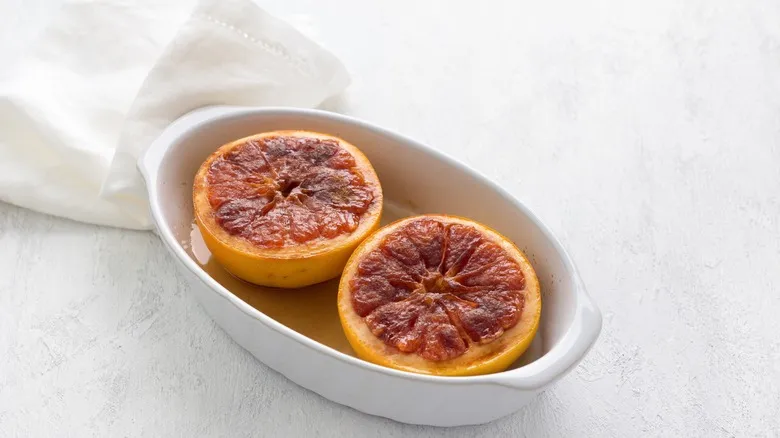
Although both reactions involve heating sugar, they result in different characteristics. Flavor-wise, the differences are quite clear. Kantha Shelke explains, "[The] Maillard reaction creates complex, savory flavors, whereas caramelization results in a sweeter, caramel-like taste." However, chefs understand that there are many subtleties to consider.
The Maillard reaction is influenced by the protein content of the food, leading to significant variations in the outcome. For instance, the roasted grains that create the perfect crusty bread for bruschetta offer a different culinary experience compared to the sizzle of a seared steak. Additionally, the savory flavor is subjective, as richness can be perceived in various ways. The Maillard reaction also produces aromas that can differ from the flavors of the food, further enhancing the overall dish.
In contrast, caramelization is more straightforward in its culinary impact. Shelke notes that the "characteristic caramel flavor" is something diners readily recognize as a signature of this reaction. While the caramelized taste is easily identifiable, it possesses a surprisingly complex profile. As sugar transforms from its initial sweetness, you may notice hints of nuttiness or even bitterness. This flavor is essential in many dishes, such as melted caramel coatings for apples. However, caramelization can also behave differently in other contexts, such as with the aptly named caramelized onions. Despite the distinct flavors of the ingredients used, they are united by the same chemical transformation.
The two separate reactions can work in unison
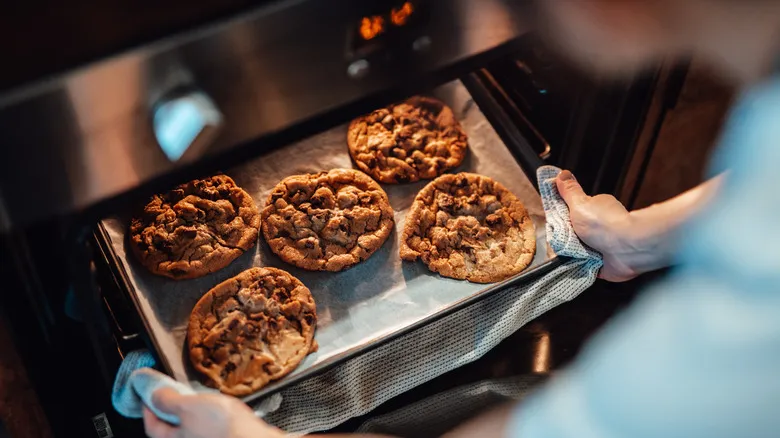
While the differences between the two processes are clear, their combined synergy also holds significant value. Both the Maillard reaction and caramelization alter essential flavor compounds, often in complementary ways. Kantha Shelke explains, "Both are non-enzymatic browning reactions that rely on temperature and can occur simultaneously." There is even overlap in their chemical makeup.
Many foods contain intricate chemical compounds, typically involving both sugars and proteins, allowing their reactions to enhance each other, resulting in a balance of savory and sweet flavors. Shelke highlights that a steak serves as an excellent illustration of these processes working together. "The browning on the surface is a result of both," she states. The crust gains its color and flavor from the Maillard reaction acting on the meat's proteins, while caramelization alters its natural sugars.
Depending on the dish, one reaction may dominate. For instance, in a baking cookie, both reactions take place, but due to the lower protein content, caramelization is more prominent. However, it’s important not to conflate the two as identical processes. "They are distinctly different chemical reactions with unique requirements," Shelke emphasizes. With a better understanding of what drives each reaction, you'll gain deeper insight into how your food transforms as it cooks.
Recommended
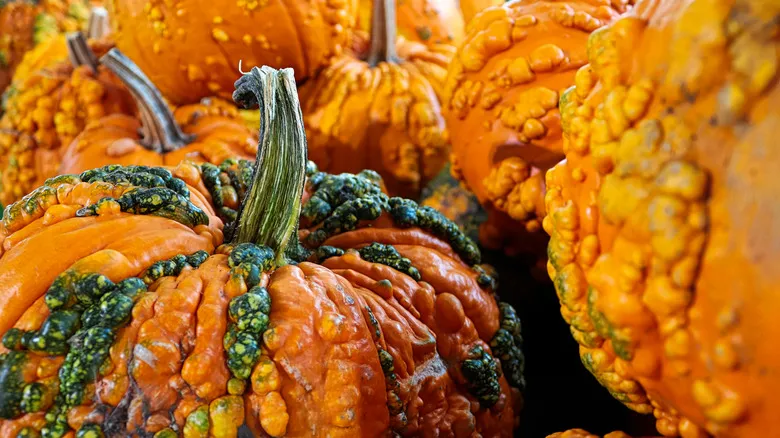
What's The Deal With Pumpkin Warts?
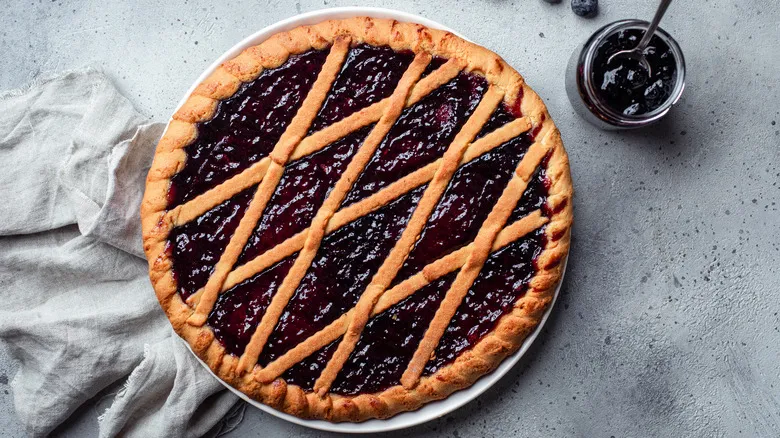
Amp Up A Store-Bought Berry Pie With One Simple Addition
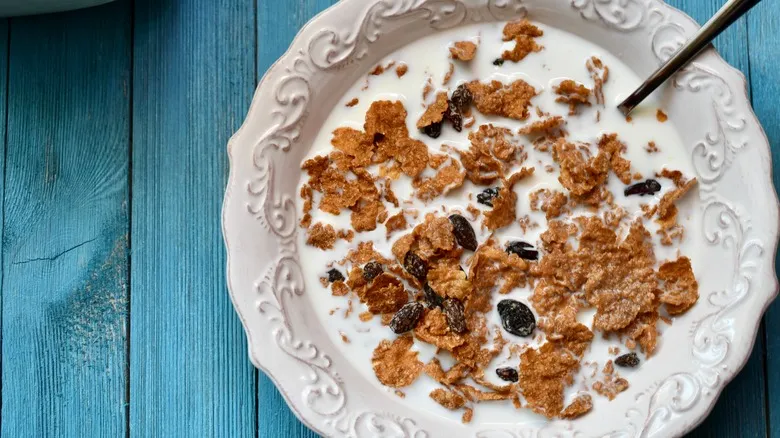
Why Raisins Stay Soft In Store-Bought Cereal
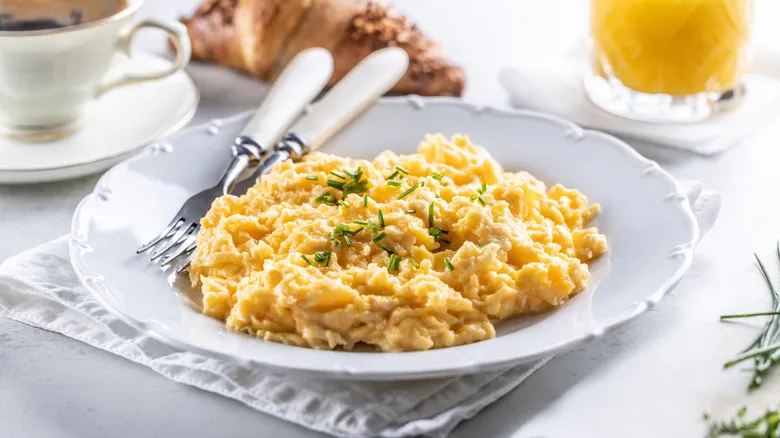
The Secret Trick Restaurants Use To Prevent Watery Scrambled Eggs
Next up

